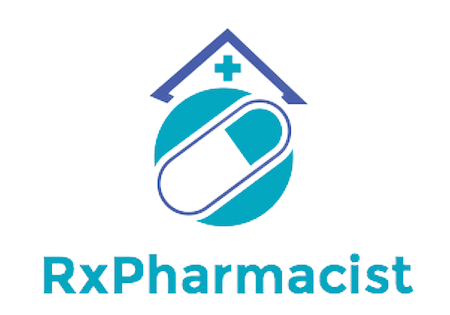Finding Your Footing After Years of Studies

Many of my peers may agree that we are often pushed and pulled in multiple directions during our education. Encouraged to find our place, we stress on discovering where we best fit in the field of pharmacy. We tend to try to tailor our interests based on the discussions with alumni, interactions with mentors, or academic experiences. However, this is still not enough. We may not immediately enjoy our first experience after earning our long-desired degree. We may regret it. Or we may feel lost if we don’t get the position we thought we’d always hoped for. Or we may feel overwhelmed because we couldn’t choose what we wanted to do. This is where I found myself after graduation. I’m sure I am not the only one who has or will be here too.
Instead of asking “what do I do now”, I changed my thinking into “what CAN I do now”. I reminded myself that I have a world of opportunities to dip into all of my interests. An area that I only had some exposure in was non-traditional pharmacy areas such as medical writing. Hence, I began exploring the roles I could have in this area by asking my classmates who had fellowships or went straight into the workforce, having phone and video calls with professionals with years of experience, and researching what they entailed. I had the pleasure to learn about RxPharmacist from a fellow peer who was an intern with the company right after we graduated. As someone who enjoys creating educational materials and staying updated on healthcare topics, medical writing seemed fitting for me and led me to apply for RxPharmacist. When I was welcomed into the company as an intern, I was happy to find a place where I could improve my proficiency in editing, quality checking, writing, and researching. Moreover, I feel lucky to have a boss and supervisor who has given me guidance in this relatively unknown area of pharmacy and motivates me to never settle for anything less than what is best for me. My mentor and preceptor were a pillar of support who I could share all my goals and obstacles with. They were instrumental in pushing me forward in my career and remain as valuable individuals that I am grateful for knowing. It is thanks to RxPharmacist that I could fully invest in all the interests that I’ve always wanted to.
-Julianne T., 2021-2022 RxPharmacist Graduate Intern
Finding Your Footing After Years of Studies Read More »






